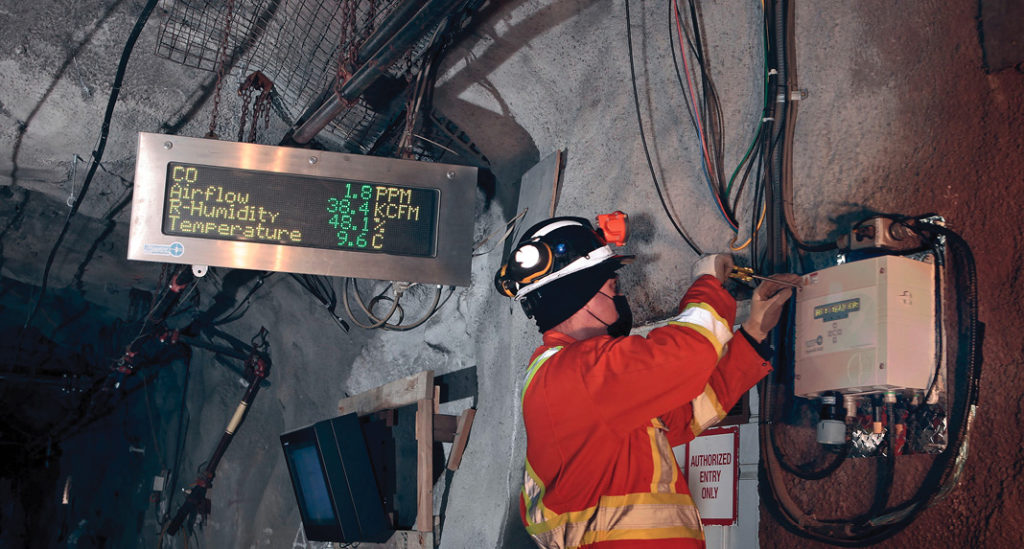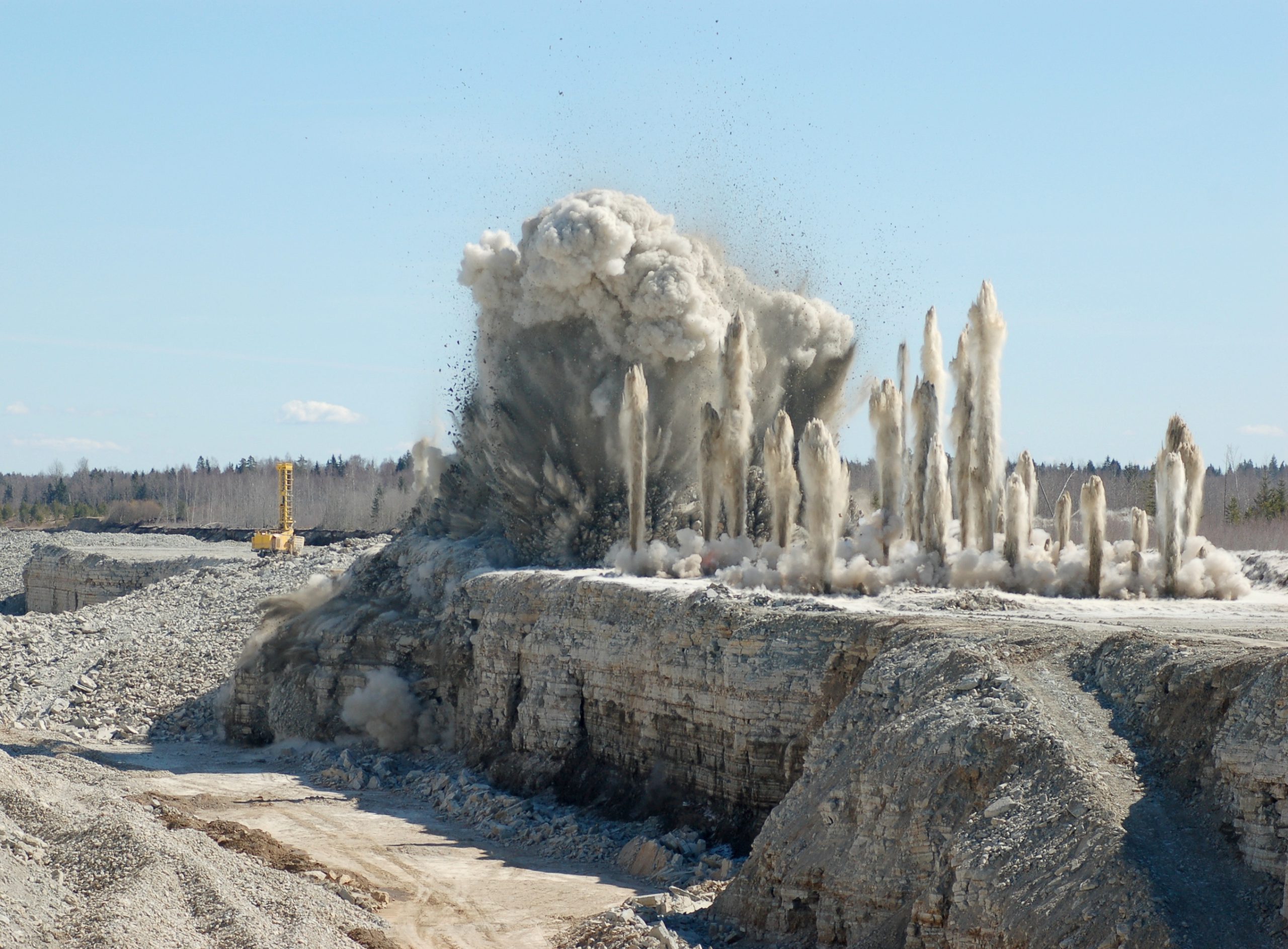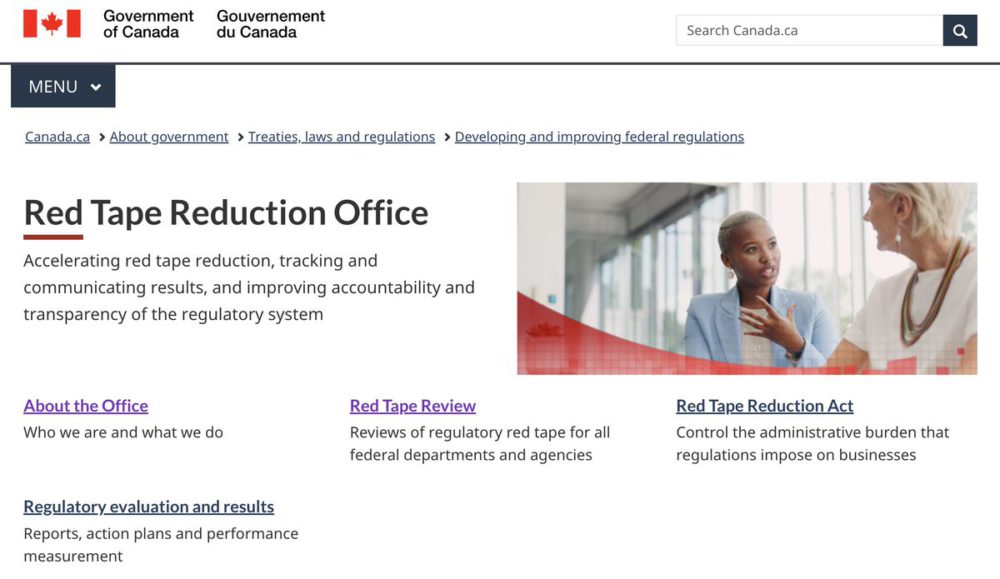How ESG impacts the future of mine ventilation

Controlling mine ventilation is far more critical today than it has been over the past decade.
Mine ventilation provides clean air to personnel by clearing blast gases, diesel exhaust, dust, and strata gases from the underground workings.
Traditionally, environmental conditions are monitored to keep the miners safe, meet regulatory requirements and increase productivity by getting miners back to the face quicker. The focus from the mine perspective was rarely around energy consumption since a potential 30% savings in power was not equivalent to a 10% increase in production. Production and worker safety trumped over energy reductions in almost every case.
Flash forward to today’s global challenges where rising CO2 levels and greenhouse gas (GHG) emissions account as the major man-made cause of climate change. Governments and shareholders are starting to direct industry on several ESG fronts including reducing their carbon footprint. Care is being taken not to simply shift the energy up and down the supply chain or to purchase green credits but instead to tackle the root of the energy problem.
Outside of comminution (the ore grinding and crushing process) mine ventilation is the next largest consumer of electrical power. This electrical energy is used to move vast amounts of air throughout the mine as well as the energy required to cool and heat the air. Although air is transparent and light in comparison to ore, the amount of air circulating in a typical hard rock mine in Canada varies from a ratio of 15:1 to 25:1 in favour of tonnes of air/month vs. tonnes of skipped ore/month.
New sources of clean energy are being pursued for suitability, robustness, and scalability while mines transition from a diesel to an electric mobile fleet. At the same time, the current electrical grid will need to be upgraded to accommodate the extra demand for electrical power. An all-electric fleet will eliminate in-shift tail-gas emissions of CO and NOx gases but consideration must be placed on blast gas clearance, dust, and heat removal to take advantage of lower potential ventilation requirements. Recent lithium-ion battery fires underground pose a significant risk and challenge due to the extremely high temperatures, smoke, and toxic gases that are emitted during these thermal runaway events.
What is the path forward for underground mines today?
Understanding that 40-70% of the electrical energy is used to ventilate the underground workings of a typical Canadian mine, many have begun to add real-time air quality stations to monitor the environmental conditions.
However, few have taken the next step of using this data to then direct the air to the areas of need instead of everywhere in the mine equally and automatically.
Using this environmental information, a mine can continue to add additional controls to regulate the airflow requirements based upon calculating the airflow demand by the location of the mobile fleet and the miners.
The tracking of the fleet and people can either be manually on a shift-by-shift basis or by using a more sophisticated electronic tagging system.
Ventilation fans used for auxiliary ventilation can easily be controlled from the surface using any form of an Ethernet-based starter that is connected to the process control network at the electrical substation.
Older manual drop board regulators can be upgraded to automated regulators enabling airflow adjustment from the surface either manually on a shift-by-shift basis or through a more elaborate ventilation on demand (VoD) system.
What are the results of this investment?
Mines have reported a 20-50% savings in energy intensity from both fans and heating/cooling operations resulting from controlling the mine’s ventilation thereby paying for the capex project over a 2-to-4-year period.
What are the major considerations and potential pitfalls?
First, an internal champion that will stay in the role during and after the project execution phase. Without this key person committed and in place, the ventilation system will likely fail due to the continuous movement of junior engineers into production roles outside of ventilation.
Second, an experienced and open-minded automation team that can understand and navigate the complexities of integrating both software and internet protocol (IP) based hardware and networks that are required to set-up and advance the ventilation system.
Third, a well-trained maintenance team to maintain the hardware underground and to keep the sensors calibrated and working after the installation phase is complete.
Lastly, a management team that is committed not only to productivity and worker safety but to energy sustainability supporting the companies’ long-term ESG values.
Three key ventilation metrics to support sustainability
Metrics provide objective measures of performance, and this data enables you to “manage by fact” and helps in long-term sustainability.
Ventilation intensity can be measured by a ratio of tonnes of air circulated/tonnes of ore brought to the surface. Some typical Canadian ratios range from 15:1 to 25:1.
Ventilation energy costs can be measured by a ratio of $/tonnes of ore with typical ranges from $1.11 to $2.92/tonne.
Ventilation consumption can be measured by a ratio of
kWh/tonnes of ore with typical ranges from 28 to 55 kWh/tonne.
In conclusion, both the measurement and control of a mine’s underground ventilation system will not only lead to increasing productivity by getting miners back to the face quicker and safer but also assist the global effort for GHG emissions reduction and long-term sustainability.
Michael Gribbons is president, CEO, and co-founder of Maestro Digital Mine.





Comments